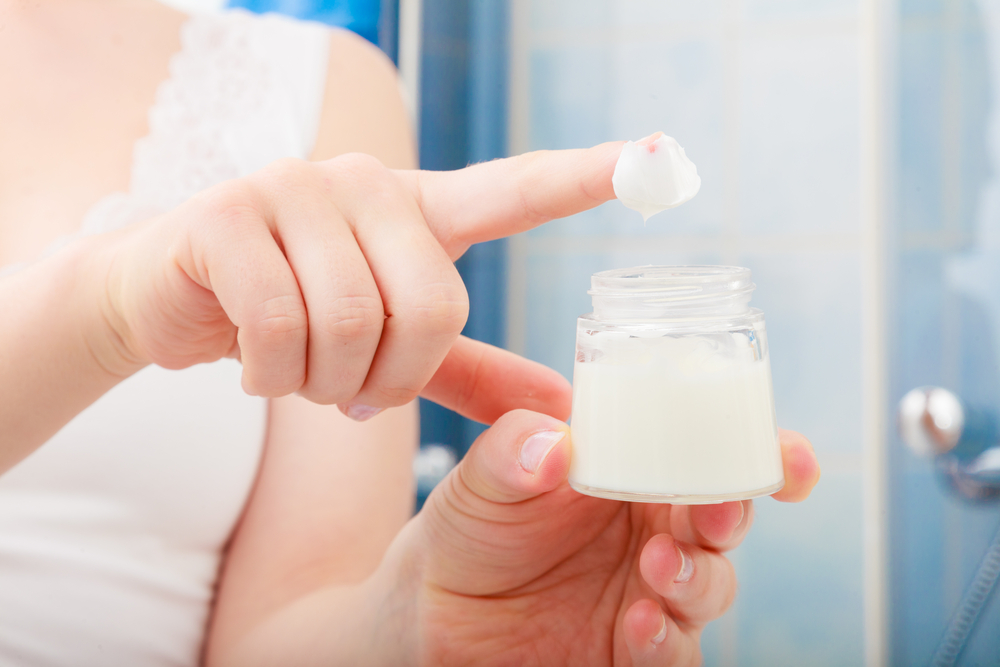Skin Care
Is Petrolatum or Petroleum Jelly Bad for Your Skin?
There are mixed reviews about using petroleum jelly (aka petrolatum or Vaseline) topically. Petroleum jelly itself is essentially a byproduct of the oil refining process and was discovered inside the oil rigs around the mid-1800s. Many makeup artists and skincare experts recommend it for everything from dry lips to diaper rash.
But just how eco-friendly and health-friendly is this product?
- Since it is created through the oil industry, it would not be considered eco-friendly since that natural resource is not sustainable or renewable.
- Depending on the manufacturer, there is no guarantee on the purity of your product. Vaseline considers itself highly refined and triple purified and is generally thought of as non-carcinogenic.
- There are elements of the oil itself that are carcinogenic, but they are removed throughout the refining process. However, this is something to note – they do exist in the raw material.
And how skin-friendly is the refined product?
- When applied topically, petroleum jelly creates a non-soluble layer on the skin. This means that it becomes a barrier on your skin, preventing air and moisture from reaching your skin cells.
- One thing to remember, because of that barrier, never apply it to unwashed skin because that essentially sealing in the dirt. That is just begging for breakouts and skin issues.
- If you have an underlying skin condition such as rosacea or acne, never apply petroleum jelly. The thick barrier layer can certainly aggravate such conditions.
Overall, it is a personal decision that should be made with all of the information available. Personally, I do think it works very well on my dry cracked heels, but after doing my research, I might be switching to a more eco-friendly and more skin-friendly option such as cocoa butter or shea butter.

